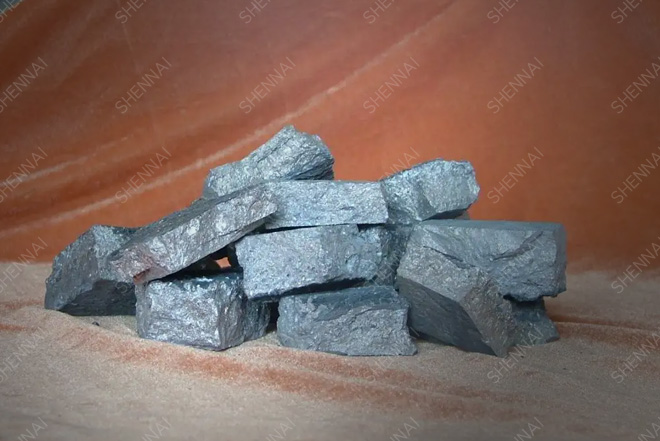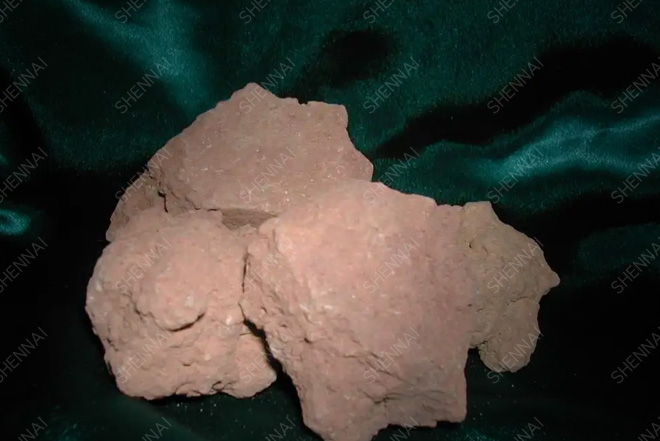- WhatsApp:008613838873707
- Email:[email protected]
News
Common smelting methods and heating principles
1. Common smelting methods and heating principles:

Cupola melting: use the heat generated by coke combustion to melt the alloy
Electric arc furnace smelting: use the heat generated by electric arc to smelt alloy
Induction furnace smelting: a smelting method in which the metal itself generates heat to melt the metal by using AC induction
Solid solution strengthening: refers to the method of forming solid solution to strengthen the alloy
Aging strengthening: the phase transformation of the alloy is used to produce the second phase particles through heat treatment, and such strengthening is enhanced with time
Modification: it is to add a small amount of one or several elements (or additives) to the molten alloy to change the crystal structure of the alloy and improve the mechanical properties
Wall thickness effect of mechanical properties: the phenomenon that mechanical properties decrease with the increase of wall thickness
Metamorphism incubation period: after the metamorphosed elements are added to the molten aluminum, they must be kept for a certain time to obtain the maximum metamorphism. This holding time is called the incubation period
Heredity of furnace charge: for the furnace charge with poor quality, the microstructure and properties of castings obtained after melting are also poor, and they have not been improved after normal melting process
Spheroidization recession: after the spheroidized molten iron stays for a predetermined time, the spheroidization effect will decline or even disappear
The duality of iron carbon phase diagram means that carbon can exist in the form of graphite and Fe3C
Furnace gas combustion ratio: refers to the percentage of CO2 in the total amount of (co2+co)
Cupola wall effect: the furnace gas in the cupola tends to flow along the furnace wall automatically
Widmanstatten structure: during cooling of cast steel, if ferrite precipitates from austenite in the form of needle and sheet during secondary crystallization, and forms a certain angle with the grain boundary, this kind of pre eutectoid needle (sheet) ferrite plus pearlite structure is usually used
Constant strength temperature: with the increase of temperature, at a certain temperature, the strength of grain boundary and intragranular is equal
Passivation of metal: refers to the change of active metal from a corrosive active state to a corrosion-resistant passive state
Skin effect: due to the high frequency, most of the current in the furnace charge flows along the surface layer. This phenomenon is called skin effect tempering brittleness:
Stabilization treatment: give full play to the role of titanium to form tic in as much C as possible in the steel, and the heat treatment method of stabilizing chromium in the austenitic matrix is called stabilization treatment

2. What are the service properties of cast alloys:
Answer: mechanical, physical and chemical properties
3. What are the process properties of cast alloys:
Answer: casting performance, melting performance, welding performance, heat treatment performance and machining performance
4. Why and how to modify Al Si alloy?
Answer: the reason: the silicon phase grows back into flakes under spontaneous uncontrolled growth conditions. The brittle phase in this form seriously cuts the matrix, greatly reducing the strength and plasticity of the alloy
Methods: the mixture of sodium fluoride and chlorine salt was added for modification, and a small amount of pure sodium also had the same effect
5. Effect of magnesium, copper, iron, rare earth, nickel and manganese on Microstructure and properties of Al Si alloy
Answer 1) magnesium: a small amount of magnesium can greatly improve the tensile and yield strength. With the increase of magnesium content, the strengthening effect will continue to increase, the strength will rise sharply, and the plasticity will decline;
2) Copper: the strength of Al Si alloy is significantly increased, but the elongation decreases, and the thermal strength of the alloy is improved;
3) Iron: deteriorates the mechanical properties of the alloy, especially the plasticity, and reduces the corrosion resistance of the alloy;
4) Manganese: adding manganese to Al Si alloy can greatly reduce the harm of Fe
6. What is the role of rare earth in aluminum and magnesium alloys
Answer: it can improve the high-temperature mechanical properties and heat resistance of aluminum alloy, but reduce the room temperature properties of the alloy at the same time It also has certain metamorphism; It can improve the thermal strength, high temperature mechanical properties and casting properties of magnesium alloys
7. Reasons for poor casting properties and low corrosion resistance of aluminum copper alloys
Answer: the casting performance of aluminum copper alloys is poor due to the wide range of crystallization temperature; The corrosion resistance is low because of the large potential difference between Al and Cu
8. What effect does zirconium have on magnesium alloy
Answer: the effect of zirconium on magnesium alloy: 1) improve casting properties; 2) Dehydrogenation; 3) Impurity removal; 4) Improve corrosion resistance Effects of rare earth on magnesium alloys: 1) improving mechanical properties; 2) Improve thermal strength; 3) Improve casting properties
9. Why do magnesium alloys need to be heated in two stages during heat treatment
Answer: prevent the castings from burning
10. Why Al Mg alloys must be inoculated among several types of magnesium alloys
Answer: Al Mg alloys have a wide range of crystallization temperature. During spontaneous solidification, the grains are very coarse, which greatly reduces the mechanical and casting properties of the alloy. Therefore, inoculation treatment is required to refine the grains
11. Why do magnesium alloys need protection during melting What are the smelting protection technologies and the basic principles
Answer: magnesium alloy is easy to oxidize and burn during smelting, so protection is required during smelting The protection methods include molten salt protection, alloying protection and gas protection Mechanism of molten salt protection: direct physical isolation of molten salt layer; Mechanism of alloying protection: physical isolation after formation of dense oxide film; Mechanism of gas protection: 1) react with the alloy to form a dense protective film, 2) isolate the air
12. Why mg Al alloys cannot be modified by adding zirconium? What are the treatment methods
Answer: because mg Al alloys contain aluminum, which prevents the addition of zirconium, zirconium and aluminum form zral3 compound, which sinks to the bottom of the crucible and causes the loss of Zr Inoculation treatment methods include: 1) overheating inoculation method; 2) Carbon inoculation method
13. Causes and common methods of deoxidation in copper alloy smelting, which type of copper alloy does not need deoxidation, and why
Answer: Reason: too much oxygen in copper alloy will significantly reduce the plasticity and conductivity of copper
Common methods: common deoxidizers are used for deoxidation, and phosphor copper (Cu-P) master alloy is the most commonly used deoxidizer Brass generally does not need deoxidation, because brass contains zinc, which is easy to evaporate and can automatically remove hydrogen and deoxidation, so it generally does not need refining and phosphorus copper deoxidation
14. Common melting methods of cast titanium alloys
Answer: non consumable electrode arc furnace smelting consumable electrode arc furnace smelting vacuum consumable electrode arc shell furnace smelting.